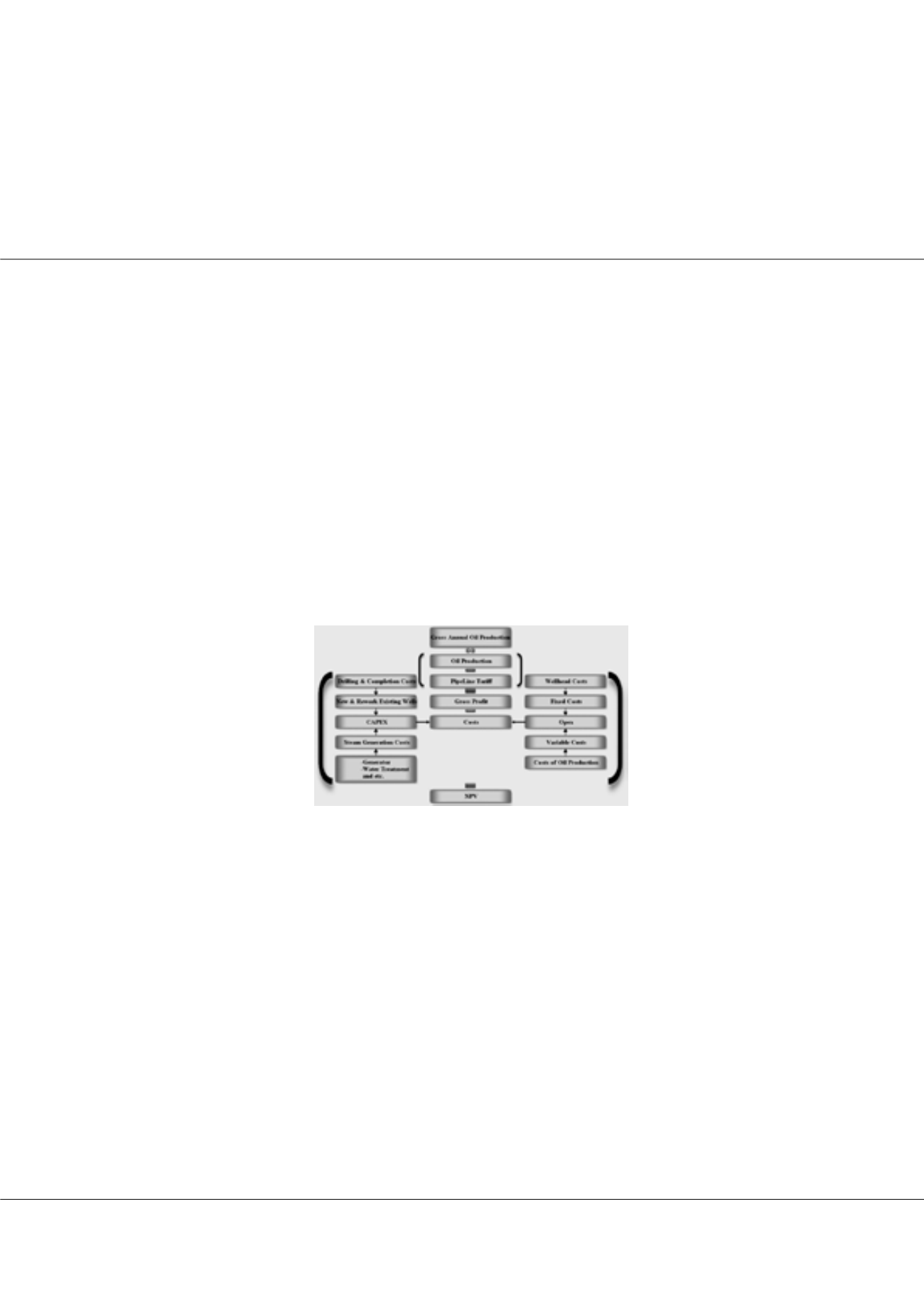

Page 56
Notes:
conferenceseries
.com
Volume 8, Issue 4 (Suppl)
J Pet Environ Biotechnol, an open access journal
ISSN: 2157-7463
Oil Gas Expo 2017
July 13-14, 2017
Oil and Gas
July 13-14, 2017 Berlin, Germany
3
rd
International Conference and Expo on
Forough Ameli et al., J Pet Environ Biotechnol 2017, 8:4 (Suppl)
DOI: 10.4172/2157-7463-C1-035
Evaluation of Fast-SAGD process in naturally fractured heavy oil reservoir using the optimization
procedure
Forough Ameli
and
Kaveh Mohammadi
Iran University of Science and Technology, Iran
S
team assisted gravity drainage (SAGD) is one of the most practical methods in enhanced oil recovery processes for heavy oil
reservoirs. Fast-SAGD is a modification for SAGD process in which OFFSET wells are drained alongside the SAGD well pair
for cyclic production and injection. Offset wells are applied for increasing the steam chamber laterally which is cost effective in
comparison to SAGD process. There is limited number of studies for Fast-SAGD process in comparison to other EOR processes.
In previous studies, the effective parameters of Fast-SAGD process have been optimized manually and sensitivity analyses are done
based on these results. The studied parameters include, paired wells of SAGD, the locus of offset wells, injection pressure, production
rate, starting time for the injection through offset wells and production time for the offset wells. In the present study, all the stated
parameters are optimized through reservoir simulation using genetic algorithm in a naturally fractured heavy oil reservoir in Iran. To
do this, CMG-STARS software was coupled to MATLAB toolbox to optimize this process. Results showed that optimized conditions
were achieved for the locus of the wells using this technique which lead to more ultimate recovery factor (RF) for 5 to 15% in various
conditions. The amount of the injected gas was also reduced significantly in comparison to previous studies which lead to lower
economic cost and higher income.
Figure-1:
The developed model for the study
Biography
Forough Ameli is an Assistant Professor at Iran University of Science and Engineering since 2016. She has completed her PhD degree in Chemical Engineering
(Petroleum) fromAmirkabir University of Technology in 2013. Her research fields include reservoir simulation, well testing, unstructured mesh generation algorithms,
asphaltene precipitation and deposition, population balance and computational intelligence scheme. She has published many papers in reputed journals.
Ameli@Iust.ac.ir















